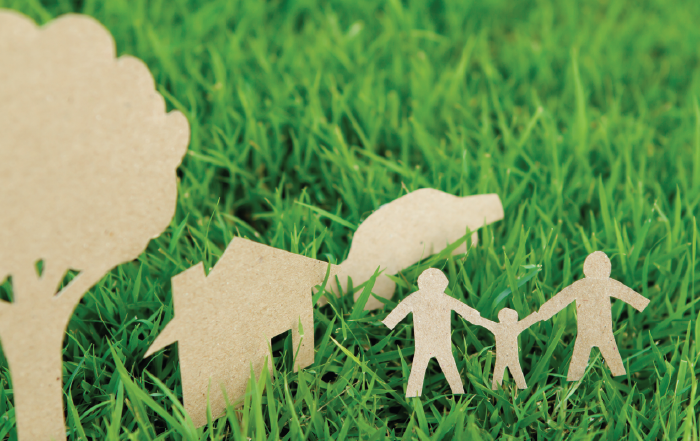Urban Sustainability
A more urban Boulder can also be a much more sustainable Boulder, using less energy, water, and material resources per citizen than we do today, while providing an equal or higher quality of life. Boulder’s desirability gives us the opportunity to direct the city’s evolution, and reduce our impact by changing the city-scale systems we all rely on.
Walking, biking and well utilized mass transit are all much less energy intensive than driving. Higher population density and a more intimate mixing of housing with other land uses can give people access to a wide variety of goods and services within a short walk or bike ride from their home. Higher land use intensity makes mass transportation more financially viable by putting more riders within easy walking distance of routes. More fully utilized transit service can also enable higher frequency service, increasing convenience. A city primarily designed for walking, cycling, and mass transit should also be cheaper to build, operate, and maintain than a city optimized for automobiles, while also providing more egalitarian access to all the city has to offer.
Most of a building’s energy consumption is determined by how well insulated and air sealed the building envelope is. Buildings that share walls and have less exterior surface area exposed to the elements per unit of enclosed space are thus intrinsically easier to make highly energy efficient than smaller, detached buildings.
Urban dwellings and commercial spaces tend to be smaller per resident or employee than those found in suburban contexts, significantly reducing energy use per occupant. Less building per occupant also significantly reduces the material resources and waste associated with the construction of the building.
Re-development of existing sites allows us to replace existing inefficient building stock with structures built to much higher standards. Similarly, if Boulder’s building energy efficiency requirements are more stringent than those of surrounding communities, permitting development within the city displaces less efficient construction that would otherwise have happened elsewhere.
District scale redevelopment provides the opportunty to implement high efficiency district scale energy infrastructure, like combined district heating/cooling and power systems. If Boulder is successful in decarbonizing its electricity supply, allowing growth to take place within our community will also mean more people and businesses making use of that low carbon power.
Cities require much less infrastructure per capita than suburban development patterns. Less concrete, asphalt, wire, and pipe per person means less embodied energy, less material waste, and less energy expended in operations and maintenance per citizen.
The proximity of many people in urban environments enables efficient resource sharing. Resources can be more easily shared peer-to-peer, or through businesses that provide access to goods as a service. This reduces the overhead costs associated with the use of those goods, and promotes more complete utilization of the same goods. Car sharing, tool libraries, co-working spaces, and shared commercial kitchens are a few examples. This kind of resource sharing can also reduce the capital costs associated with starting new businesses.
While adding population to Boulder would be expected to increase the city’s water usage, our multi-family housing uses only half as much water per resident as detached single family dwellings, so new urban residents would likely be relatively efficient water users. Increasing population would also allow us to make more efficient per-capita use of use ’em or lose ’em water rights, which in some cases discourage increases in water use efficiency today.
Submitted by Zane Selvans

